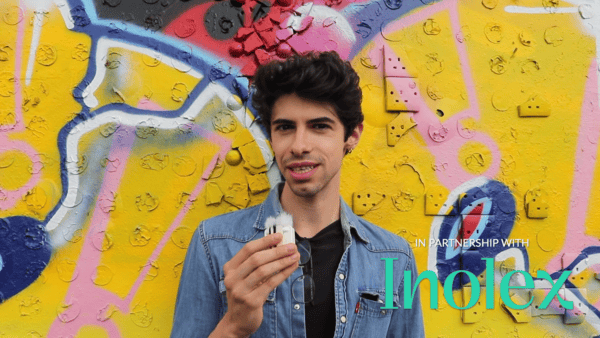What Dry, Sensitive-Skin Users Truly Desire from SPF
When it comes to sunscreen, individuals with dry and sensitive skin have unique needs that often go unaddressed. Those who struggle with hypersensitivity, particularly on the face and neck, find that traditional sun protection can feel like a chore. As highlighted in Episode Six of Street Talk: Sun Care, user feedback reveals that it’s not merely a lack of awareness that hinders daily SPF application. Instead, it’s about texture, sensory discomfort, and forgetfulness.
Understanding Sun Care Habits
Application Habits
- Frequency: Many sensitive skin users apply sunscreen only once a day, often when they remember.
- Target Areas: Focus is typically on the face and back of the neck, the areas most sensitive to pressure.
- Usage Drivers: Many users are reactive rather than proactive; they apply sunscreen when heading outside or when they start to feel irritation.
“If you touch my neck, it leaves a mark. So that’s where I apply it most.”
SPF Knowledge: Basic but Curious
While many users may understand the general concept of SPF in terms of UVB protection, there is often confusion surrounding the specifics:
- Awareness of UVB: Many associate SPF with how much UVB protection it offers.
- Mineral vs. Chemical: There’s often a lack of knowledge regarding the differences, and many users may have never tried a mineral formula.
Texture: A Dealbreaker for Sunscreen
From the feedback, it’s clear that the right texture can make or break a user’s experience with SPF:
- Avoidance: Many sensitive users steer clear of chalky, sticky finishes that feel uncomfortable on the skin.
- Desired Attributes:
- Lightweight
- Non-residue
- Fast-absorbing
- Invisible once applied
“It feels like you’ve got a thin layer of stuff over your skin — especially on your face. That’s very annoying.”
Sensory Preferences and Packaging
Beyond texture, users like to see a personal touch in sun care:
- Fragrance: Lightweight scents, such as sandalwood, are preferred for their comforting effects.
- Packaging Design: Users envision packaging that reflects their identity, such as a tactile metal bottle with a spike-top design, hinting at a more expressive, enjoyable product experience.
Implications for Brands and Formulators
This feedback represents a significant market segment: users who are aware of their skin needs but are not loyal to specific SPF brands. Their routines are shaped by sensory comfort and ease of use, rather than habit or education.
Opportunities for Product Innovation:
- Texture-Optimized Formulations: Create sunscreens specifically for very dry, sensitive skin.
- Non-Chalky, Non-Sticky Formulas: Develop mineral-based sunscreens that disappear on contact.
- Inclusive Fragrances: Incorporate male-friendly scents, like sandalwood, into product lines.
- Enhanced Packaging Experience: Provide tactile storytelling through innovative packaging design that addresses user experience.
Key Takeaway
For users with dry, sensitive skin, the need is clear: it’s not more SPF education they require, but an improved user experience. Brands that focus on sensory comfort, texture innovation, and captivating packaging can significantly enhance adherence among this underserved group.
For additional insights into sun care, visit Skin Health and explore the latest innovations in sunscreen technology.


